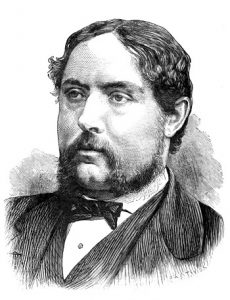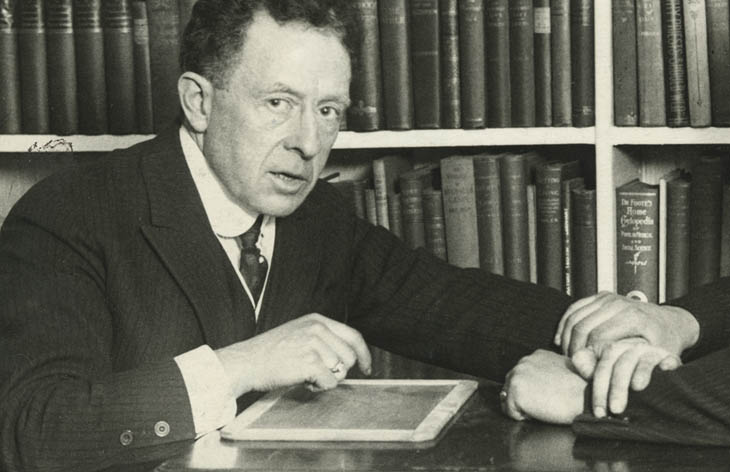This article was originally published at the defunct Insight blog at Skeptic.com on Aug 31, 2015. An archived version is available here.

How did the traditional character of the cannibal ogress Dzunuk’wa come to be claimed by cryptozoologists as a depiction of their hypothesized “Bigfoot” cryptid species? (Kwakwaka’wakw heraldic pole. Carved in 1953 by Mungo Martin, David Martin, and Mildred Hunt. Thunderbird Park at the Royal British Columbia Museum, Victoria, BC, Canada. Photograph by Daniel Loxton)
Much of my skeptical research traces the historical pathways through which pseudoscientific and paranormal beliefs emerge and evolve over time. In particular, I’ve explored the cultural origins of allegedly genuine monsters such as Bigfoot (“cryptids”) for Junior Skeptic (the children’s section of Skeptic magazine) and Abominable Science!, my 2013 book with Donald Prothero.
My research has often led me to consider how folkloric phenomena are brought under the umbrella of cryptozoology (the largely pseudoscientific “study” of legendary, allegedly “hidden” animals). In this active process, fuzzy abstractions—fluid supernatural conceptions, diverse “saw something weird” events, stories, metaphors, and shifting myths—are distilled down into more-or-less concrete hypothetical “species” of cryptids. For want of a better term, I’ve started to think of this cultural crystallization process as “cryptozoologification.”1 And it’s a bit of a problem. When the mists of folklore are reified as the discrete objects of cryptozoological pursuit, something is not only lost, but actively discarded.
I’m by no means the first to raise that conceptual concern (and it’s the concept I really wish to promote here, not the imperfect neologism). Sharon Hill has recently taken up the topic (here and here), calling this “the illusion of facticity.” Hill riffs on Lake Monster Traditions: a Cross-Cultural Analysis, by Michel Meurger with Claude Gagnon (London: Fortean Times, 1988), which gives a great deal of critical attention to this “scientification of folklore.” (This is surely one of the most important cryptozoology books ever written—a road map for a type of folklorically-aware skeptical approach I’ve sometimes called “post-cryptid cryptozoology.”) Read more





